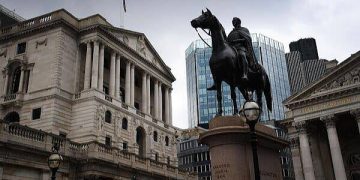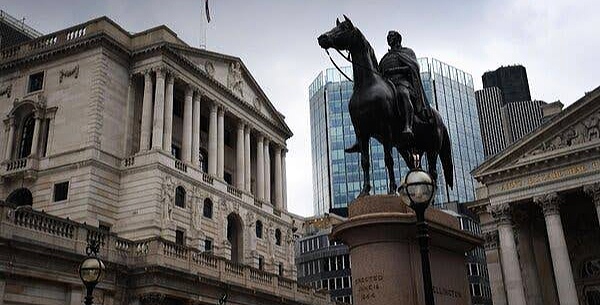By Oyintari Benn
In an effort to slow down inflation in its economy, the Bank of England (BoE) increased its benchmark interest rate by a quarter of a percentage point to 4.5% on Thursday. This is the bank’s 12th consecutive rate increase.
After raising its growth projections from pessimistic figures posted in February—the biggest such gain since it first published predictions in 1997—the central bank no longer projects recession.
However, it also anticipates that inflation will decline more slowly than it had hoped, primarily as a result of unforeseen, significant, and ongoing increases in food prices.
The BoE maintained its previous guidance on future actions, saying that further tightening monetary policy would be necessary “if there were evidence of more persistent pressures.”
Although interest rate futures before Thursday’s announcement priced in a 5% high for interest rates this autumn, a Reuters poll conducted last week found that most economists expected the BoE to leave rates on quo after a quarter-point rise in May.
As Monetary Policy Committee members Silvana Tenreyro and Swati Dhingra once more signalled their opposition to additional tightening, policymakers voted 7-2 in favour of the rise in May, which was in line with economists’ forecasts for a Reuters poll.
Although the BoE was the first significant central bank to begin raising borrowing costs in December 2021, many have charged that it did not act quickly enough as inflation approached a four-decade high of 11.1% in October.
Due to its heavy reliance on imported natural gas for power generation, which left it particularly vulnerable to the rise in energy prices following Russia’s invasion of Ukraine last year, Britain has a high inflation problem.
The BoE is concerned that the recent substantial growth in headline pay could develop into an ongoing economic issue.
The central bank stated that “pay rates could plateau at rates above those consistent with the 2% inflation target sustainably in the medium term.”



































